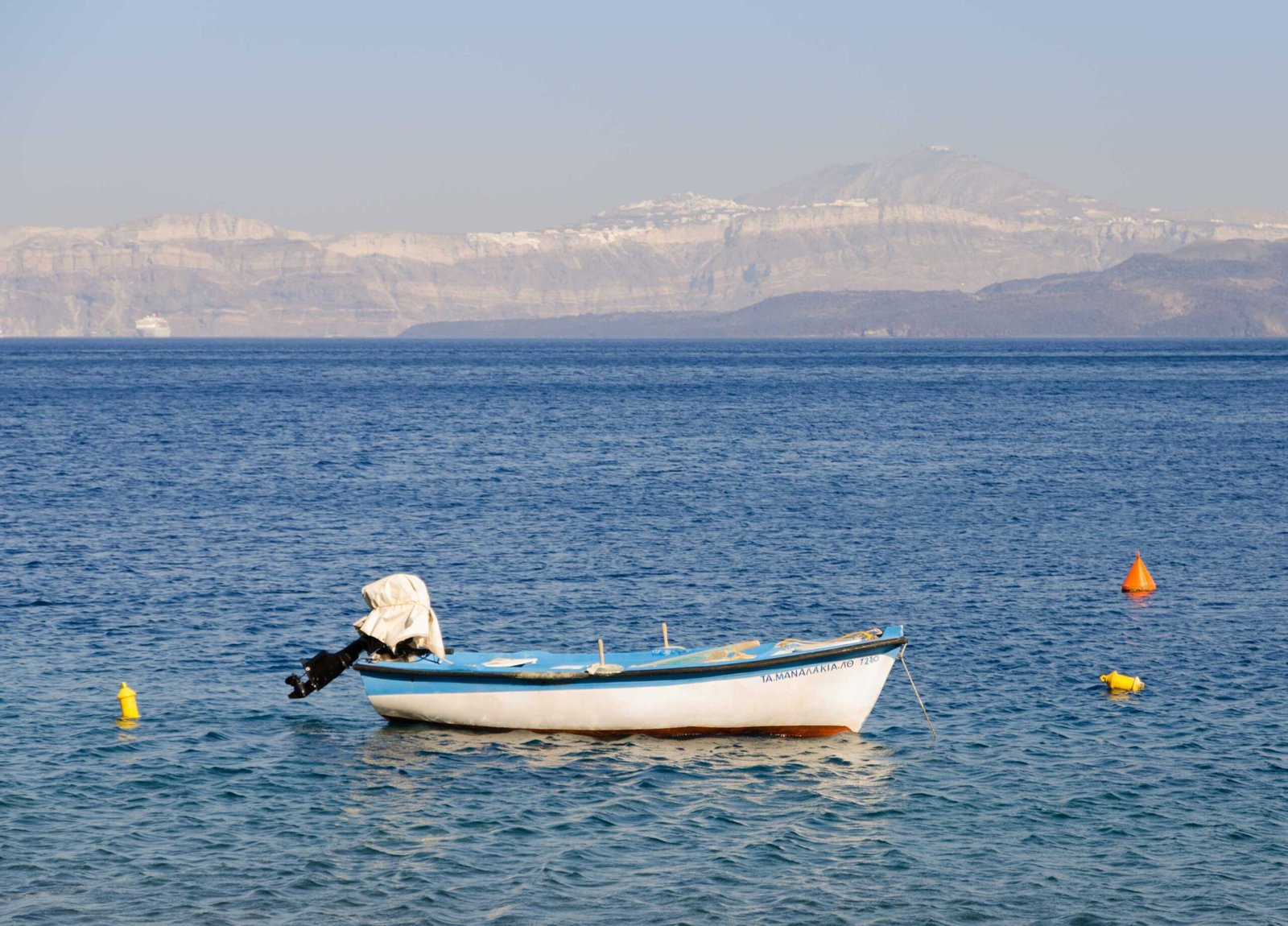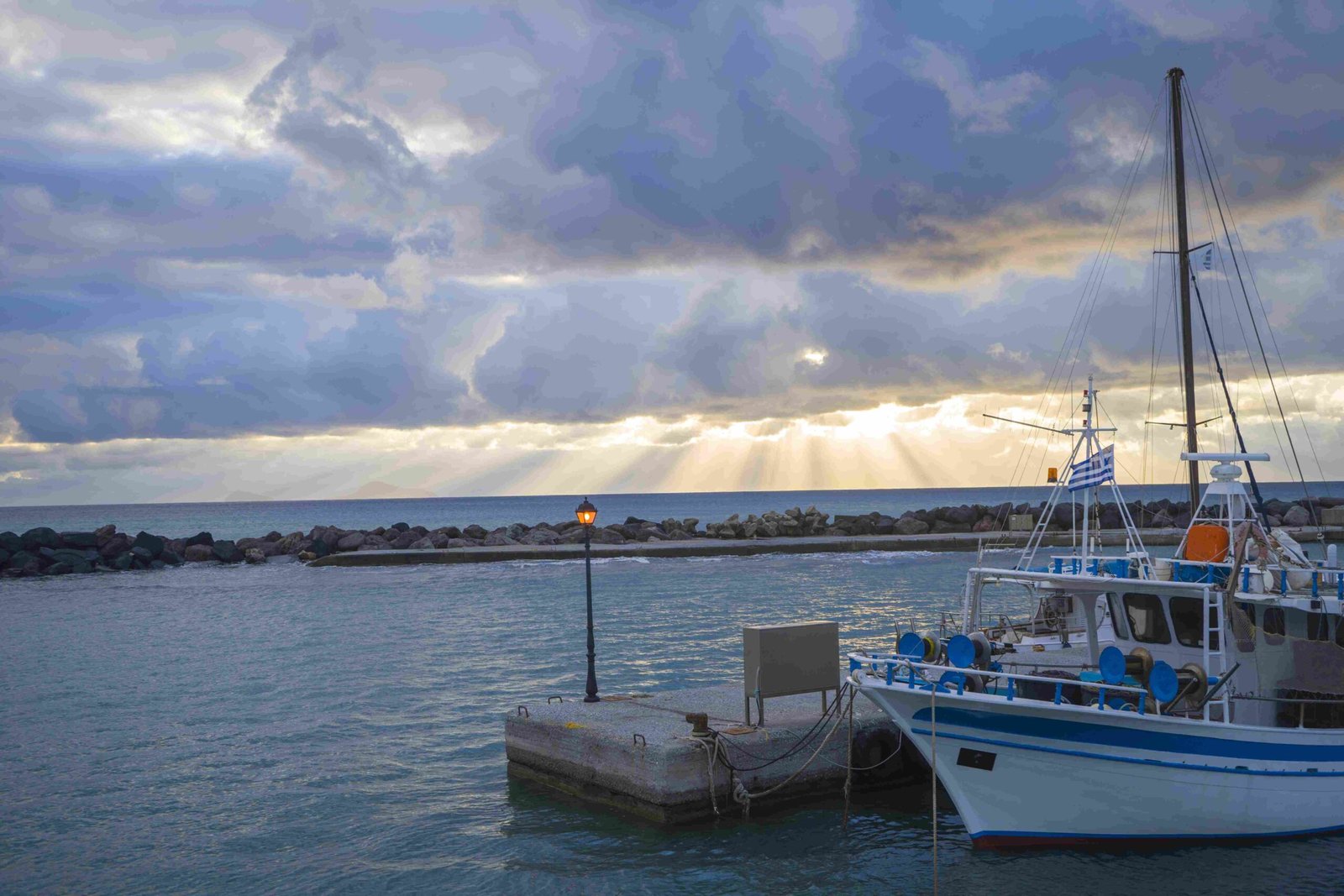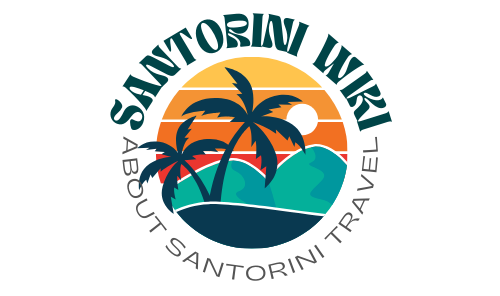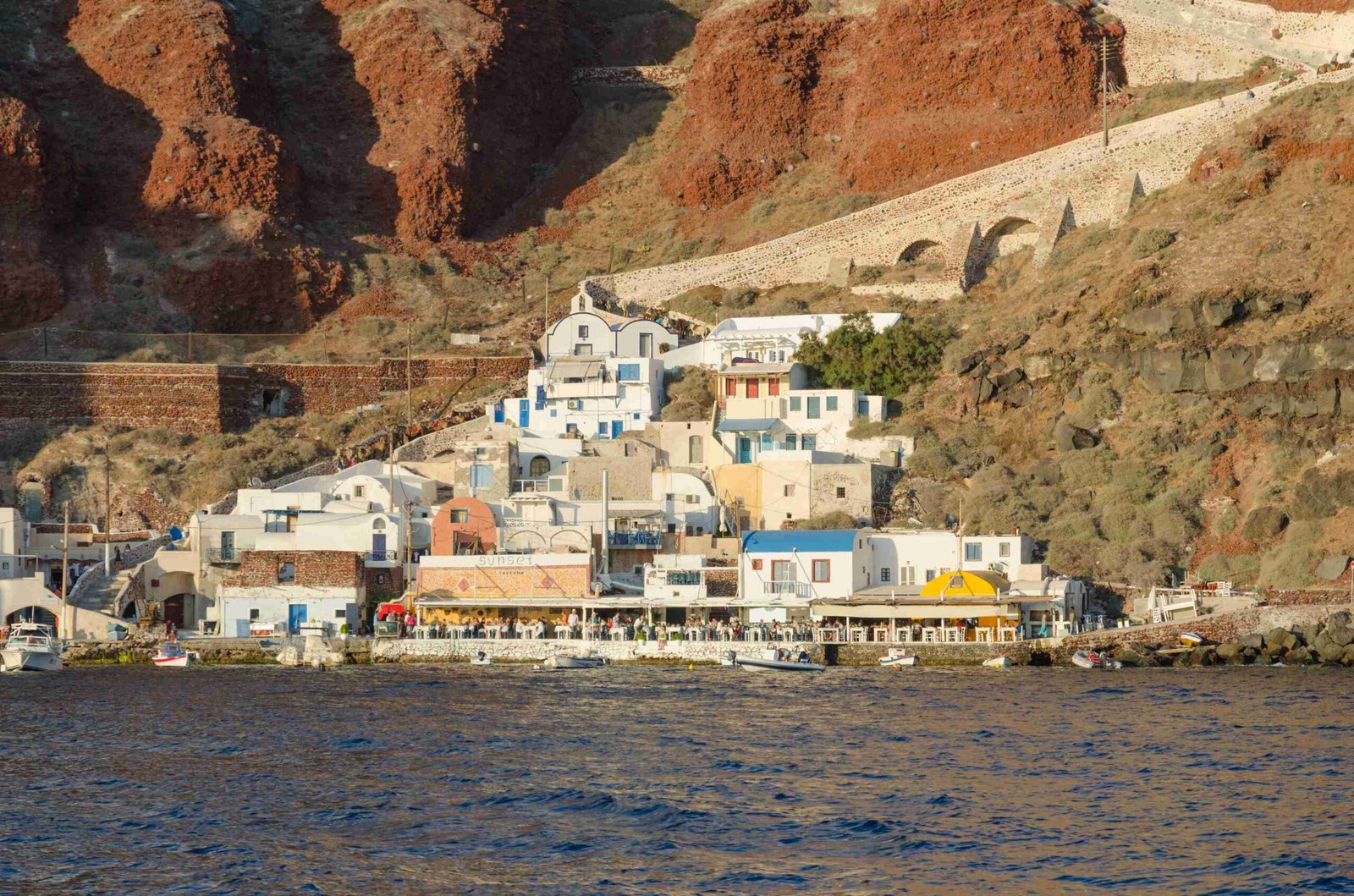The peak season for Santorini typically spans from June to September, characterized by hot, sunny weather and a bustling atmosphere. This period offers the best conditions for beach activities, outdoor events, and exploring the island’s iconic whitewashed villages. However, it also brings larger crowds and higher prices. Understanding the nuances of Santorini’s peak season is crucial for planning an unforgettable Greek island getaway.
What Are the Exact Dates of Santorini’s Peak Season?

Santorini’s peak season aligns with the Mediterranean summer, running from June through September. Here’s a breakdown of the key months:
- June: The official start of peak season
- July: High season in full swing
- August: The busiest month, especially around August 15th
- September: The tail end of peak season, still busy but slightly less crowded
During these months, you can expect:
- Maximum tourist influx
- Higher prices for accommodations and activities
- Fully operational tourist services
- Frequent cultural events and festivals
What Weather Can You Expect During Santorini’s Peak Season?

The weather during Santorini’s peak season is typically hot, dry, and sunny, perfect for beach activities and outdoor exploration. Here’s a monthly breakdown:
| Month | Avg. Max Temp (°C) | Rainfall (mm) | Sunshine Hours |
|---|---|---|---|
| June | 26 | 0.3 | 350 |
| July | 27 | 0.9 | 375 |
| August | 27 | 0.4 | 365 |
| September | 25 | 0.7 | 315 |
Key weather characteristics:
- Minimal rainfall
- High UV index (sunscreen is essential)
- Occasional strong winds (Meltemi) in August, which can affect ferry services
What Are the Must-Attend Events During Santorini’s Peak Season?
Santorini’s peak season is packed with cultural events and festivals. Here are some highlights:
- Feast of St. John the Baptist (June 24th): Religious celebrations across the island
- Santorini Jazz Festival (July): Open-air concerts featuring local and international artists
- Prophet Elias Celebrations (July 20th): Traditional festivities in Pyrgos village
- Megaron Gyzi Festival (August): Cultural events including music, theater, and art exhibitions
- Ifestia Festival (August): Fireworks display recreating the volcanic eruption that shaped Santorini
- Feast of the Assumption (August 15th): Island-wide religious celebrations
How Crowded Is Santorini During Peak Season?
Santorini becomes extremely crowded during peak season, particularly in popular areas like Oia and Fira. Here’s what to expect:
- Long queues for attractions and restaurants
- Packed beaches, especially in Kamari and Perissa
- Crowded public transportation
- Limited availability for accommodations and tours
To navigate the crowds:
- Book accommodations and activities well in advance
- Visit popular spots early in the morning or late in the evening
- Explore lesser-known villages like Pyrgos or Megalochori
- Consider staying in quieter areas like Imerovigli or Akrotiri
What Are the Best Activities to Enjoy During Santorini’s Peak Season?
Santorini offers a plethora of activities during peak season:
- Sunset Sailing Tours: Explore the caldera and enjoy breathtaking views (€50-€100 per person)
- Beach Hopping: Visit the unique Red Beach, Black Beach, and White Beach
- Wine Tasting: Tour the island’s vineyards and sample local varieties like Assyrtiko
- Hiking: Trek the famous Fira to Oia trail for stunning caldera views
- Water Sports: Enjoy snorkeling, kayaking, and jet-skiing at beaches like Perivolos
- Archaeological Sites: Explore ancient ruins at Akrotiri and Ancient Thera
How Should You Plan Transportation During Santorini’s Peak Season?
Transportation can be challenging during peak season. Here are some tips:
- Public Buses: Frequent services between major towns (€2-€5 per ride)
- Rental Cars: Book in advance, but be prepared for limited parking
- ATVs and Scooters: Popular for exploring, but exercise caution on busy roads
- Taxis: Limited availability, especially during evenings
- Private Transfers: More expensive but convenient for airport/port transfers
Parking Tips:
– Use public parking lots in towns
– Arrive early to secure spots at popular beaches
– Consider accommodations with parking facilities
What Are the Pros and Cons of Visiting Santorini During Peak Season?
Pros:
- Perfect weather for outdoor activities and beach days
- All tourist facilities and services fully operational
- Vibrant nightlife and social scene
- Numerous cultural events and festivals
Cons:
- Higher prices for accommodations, dining, and activities
- Crowded attractions and beaches
- Potential for overbooked tours and restaurants
- Possible ferry delays due to high demand or strong winds
How Can You Make the Most of Your Peak Season Visit to Santorini?
- Book Early: Secure accommodations and popular activities months in advance
- Budget Wisely: Expect higher prices and plan accordingly
- Explore Off-Peak Hours: Visit popular spots early morning or late evening
- Diversify Your Itinerary: Mix famous attractions with lesser-known gems
- Stay Hydrated: Carry water and sun protection for hot days
- Be Flexible: Have backup plans in case of overcrowding or weather changes
- Embrace Local Culture: Participate in traditional events and festivals
By understanding the nuances of Santorini’s peak season, you can navigate the crowds, enjoy the vibrant atmosphere, and create unforgettable memories on this stunning Greek island.
References:
1. Lonely Planet – Why now is the time to visit Santorini: shoulder-baring season
2. Santorini Experts – Best time to visit Santorini: A complete guide
3. Santorini Dave – Best Time to Visit Santorini – Weather, beaches, & sunshine

